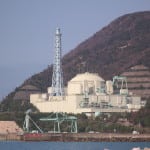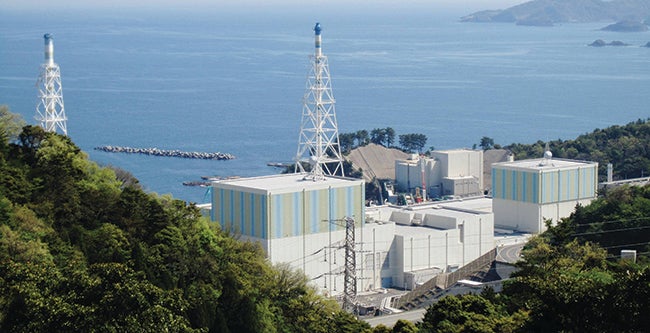In a widely expected move, the Japanese government finally killed the ill-fated Monju breeder reactor project on September 21, but reasserted its faith in breeder reactor technology as a component of the nation’s future power mix.
The Monju plant was an ambitious project that never came close to meeting its backers’ expectations. Launched in 1980, the sodium-cooled fast-breeder plant managed only 250 days of operation over its lifetime. A sodium coolant fire in 1995 and subsequent cover-up by operator Japan Atomic Energy Agency (JAEA) gave the plant a black eye from which it never recovered. An abortive attempt at a restart in 2010 led to revelations that JAEA had skipped required safety inspections on as many as 10,000 of the plant’s components.
In a scathing indictment last year, Japan’s Nuclear Regulation Authority ruled that JAEA was not qualified to safely operate the plant and ordered the federal government to find a replacement or shut the facility down. The Japanese cabinet on Wednesday took the latter option, drawing to a close a project that burned through an estimated ¥1 trillion ($10 billion in 2016 dollars) with little to show for it.
But at the same cabinet meeting, the government said it was still committed to pursuing breeder reactors as a possible solution to the nation’s energy needs—Japan must import virtually all the fuel its power sector uses. Fast-breeder reactors, which generate plutonium as a byproduct, could help solve this problem, but they have been deeply controversial because of the required fuel processing and fears about nuclear proliferation.
According to Japanese media, the government pledged to pursue plans for demonstration breeder reactors, with a roadmap developed by the end of the year. How far that will get in a nation where nuclear power remains broadly unpopular and most of the nuclear fleet remains shutdown in the wake of the Fukushima disaster, is unclear.
—Thomas W. Overton, JD is a POWER associate editor (@thomas_overton, @POWERmagazine).



















